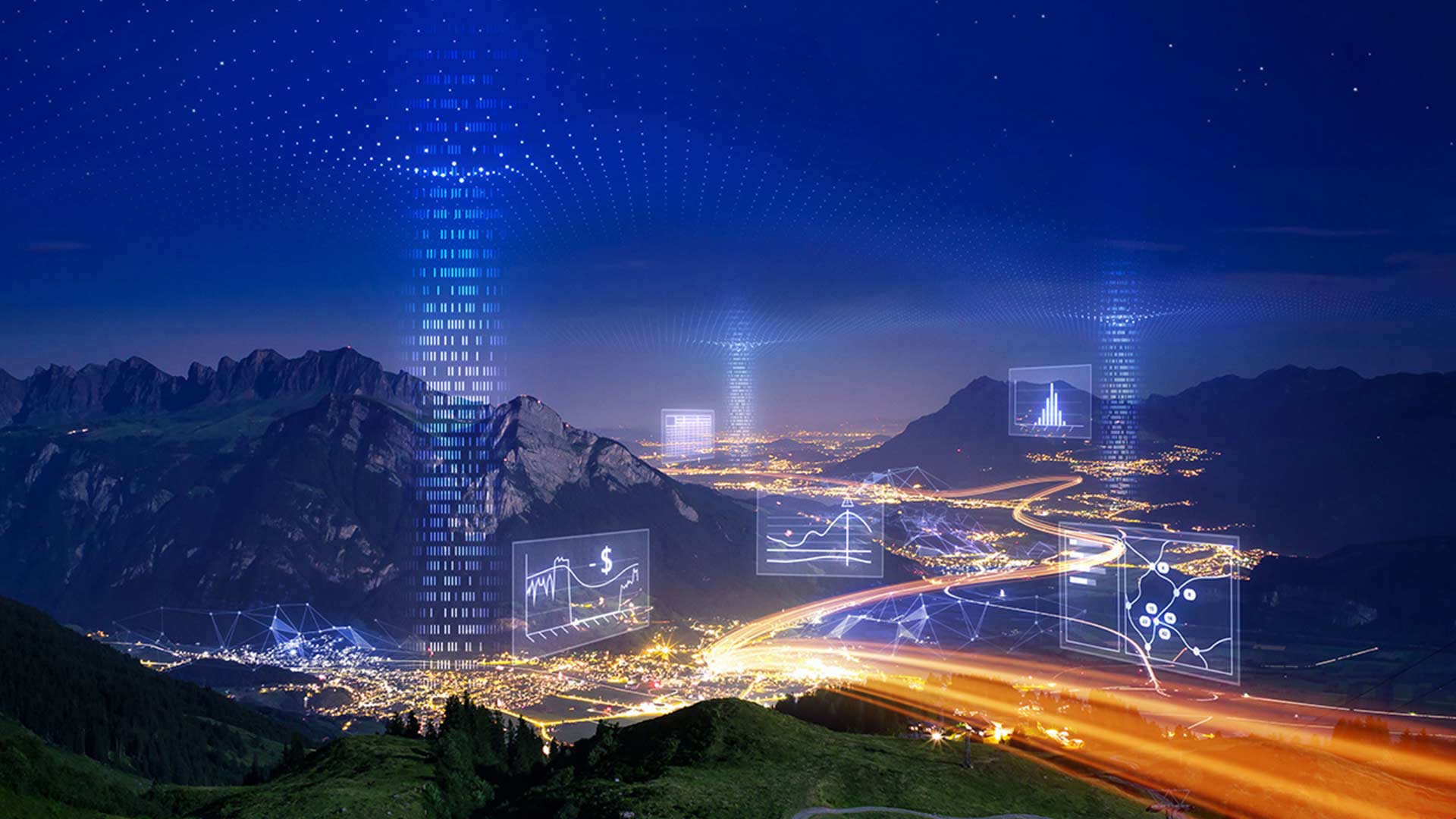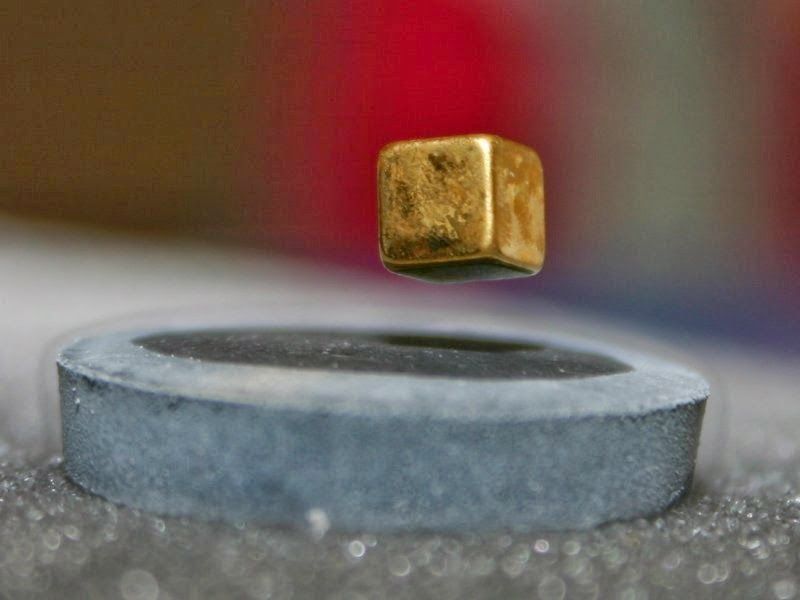
⚡️ Smart power grids and transmission – the key to the energy of the future
Smart electricity grids play a key role in creating new services and in balancing energy use, especially now that the energy mix is changing rapidly and electrification is underway in a number of sectors.
Share this story!
The expectations of this technology have long been high, and several major pilot projects have been carried out in Malmö and Stockholm, Sweden.
This new type of electricity grid aims to balance the use and production of the new renewable electricity, locally and centrally, efficiently and intelligently, through smart technology. For example, you can make sure that the water heater is switched on automatically when there is a good supply of cheap renewable electricity and switched off when the electricity price rises. In parallel, new services and solutions are being developed for energy users that make the system more flexible.
Sweden’s electricity system has long been one of the best in the world, both in terms of being extremely secure and reliable and having one of the world’s cleanest energy productions. We have been able to trust that there is always electricity in the outlet, unlike what it looks like in many other countries. Changing and improving the electricity grid using digital technology as sensors is needed to meet the increased needs for capacity and power, not least in our growing Swedish cities.
The drivers of smart grid development
The exponential technology development and digitalization combined with the variable renewable energy are now driving smart grid development. Basically, smart electricity grids are about creating well-functioning electricity systems for a modern society. With a large proportion of renewable electricity, we need an electricity grid that can vary and balance the use. The electrification of vehicles is increasingly demanding on other systems. Rapidly falling battery prices make it increasingly possible to store energy, but there is no contradiction between future smart electricity grids and large-scale energy storage. On the contrary, the two methods complement each other.
Central to the smart grid is the ability to control and troubleshoot them using sensors. Today, it is difficult to see and troubleshoot when there is a power outage far down in the system, but pilot projects are already being developed around self-healing networks. In these projects, the electricity grid is divided into zones. If a section has an interruption, it can be isolated while the electricity supply continues to work on the other grid.
Digitization of the networks also leads to more players entering the market. ABB, Vasakronan, and Ikea are examples of two companies developing new services and business models. Technology development reinforces the change that is already taking place towards a less centralized, more flexible, and efficient smart electricity system.
In short, the differences between a traditional and a smart electricity grid look like this:
- Production: Transition from a few large producers to many small producers.
- Market: From a centralized, usually national market, to a decentralized and international market
- Transmission: From a few with high capacity to many small-scale and regional transmissions.
- Distribution: From top to bottom only, to distribution in both directions.
- The consumer: From passivity, only paying, to activity and participation in the system.
Research programs in smart electricity networks
Smart electricity grids have long been a priority area for the Swedish Energy Agency. Between 2011 and 2015, the authority spent an average of 79 million dollars per year on electricity grid research. The business community co-financed with an average of 17 million dollars per year.
Three of the more prominent research programs currently underway are:
SweGRIDS – Swedish center for a future electricity grid and energy storage
Within the competence center SweGRIDS, the Swedish center for the future electricity grid and energy storage, business and academia conduct research in flexible power systems, digitization of the power system, controllable power components, and new material technology for electricity networks and energy storage. The center has a budget of 23 million dollars, with the Swedish Energy Agency and the universities contributing one-third each from 2018 to 2021.
Interplay
Interplay is a research and innovation program that brings together the Swedish Energy Agency’s efforts in the electricity grid area. It includes both social science and technical work. Programs include a total of 17.5 million dollars from 2016 through 2020.
EN SES
Sweden actively participates in the European research and innovation collaboration Era-Net Smart Energy Systems, EN SES. Within EN SES, the more than 20 participating authorities have been conducting annual joint projects since 2015 in smart electricity grids and integrated local and regional energy systems.
Direct current – Massive energy transfer opens for more renewable
In Sweden, the backbone network is based on AC power technology, the dominant technology in all parts of the electricity supply. When the grid is strengthened, it is usually done with 400 kilovolts of overhead lines. Swedish power grids mean that this meets the requirements for a cost-effective, reliable, and environmentally adapted electricity transmission system, which is the backbone of a safe and secure Swedish electricity supply.
Today, AC technology is the dominant supply worldwide where electricity is produced, transmitted, and received. However, in electricity’s early days before AC power was established, direct current was the dominant technology for electricity transmission.
The advantage of direct current technology is that it has features useful for transmitting electricity over long distances. It also has an advantage in that it can be laid underground or in offshore pipes without the technical limitations of alternating current.
Therefore, direct current is now used in various connections where the purpose is to transmit electricity at long distances between two points in a power system. This may involve connecting different power systems, for example, two alternating current systems that are not synchronous and enabling transmission in sea cables at longer distances. This means that the technology is mainly used in connections between, but also within, countries. In Sweden, for example, there is the South West Link, which partly consists of a direct current connection and transfers electricity from central to southern Sweden to compensate for the production shortage in the country’s southern parts.
But direct current also has an important connection to renewable energy. For example, the technology is used to connect wind power far out to sea. As more and more solar cells are being built, direct current is also used for long-distance transmission.
An example is Sun Cable, which will connect a huge solar farm with 10 gigawatts of capacity in the Northern Territory of Australia with Singapore. The electricity will be exported via a direct current that winds its way through the Indonesian Archipelago to Singapore. According to reports, solar energy will cover about a fifth of the small island nation’s electricity needs and replace the gas currently used for electricity production, which is becoming more expensive.
Superconductors – The Holy Grail for energy transfer
Looking further ahead, major technological breakthroughs can change the entire global energy system. Along with fusion energy, superconductors are a holy grail in energy research.

If a single material became a superconductor and conducted an electrical current without resistance at room temperature, then we could solve the entire world’s energy problem. In superconducting loops, it would be possible to store the summer’s solar energy, which could be used during cold winter nights. Superconducting loops could also replace batteries in electric cars.
Research in the area has been going on for a long time. Still, recently, several breakthroughs have been made that make it possible to produce superconductors in a simpler way, where they also have higher performance and operate at higher temperatures than before. Among other things, progress has been made in the superconducting graph at Linköping University and MIT.
By becoming a premium supporter, you help in the creation and sharing of fact-based optimistic news all over the world.


